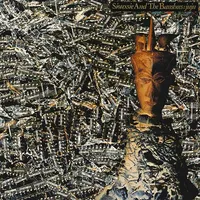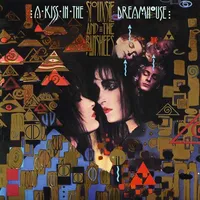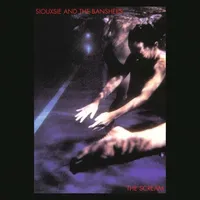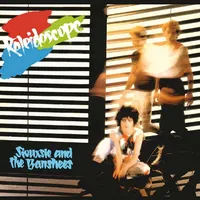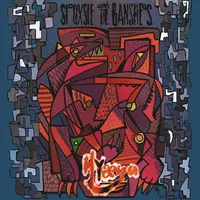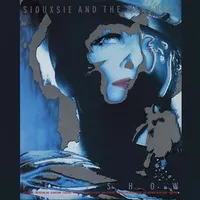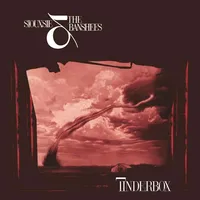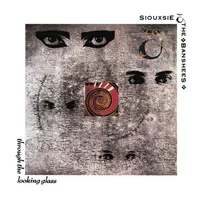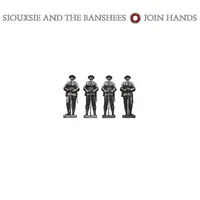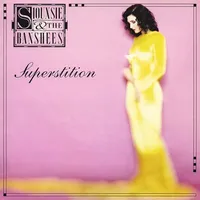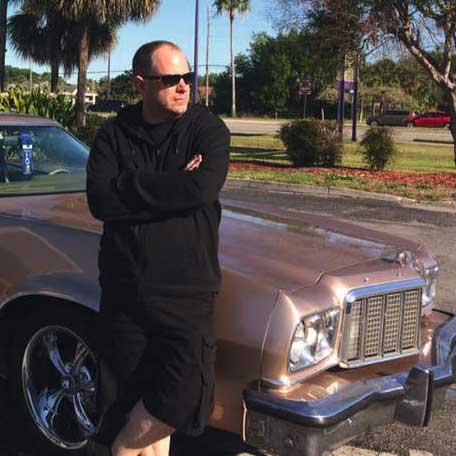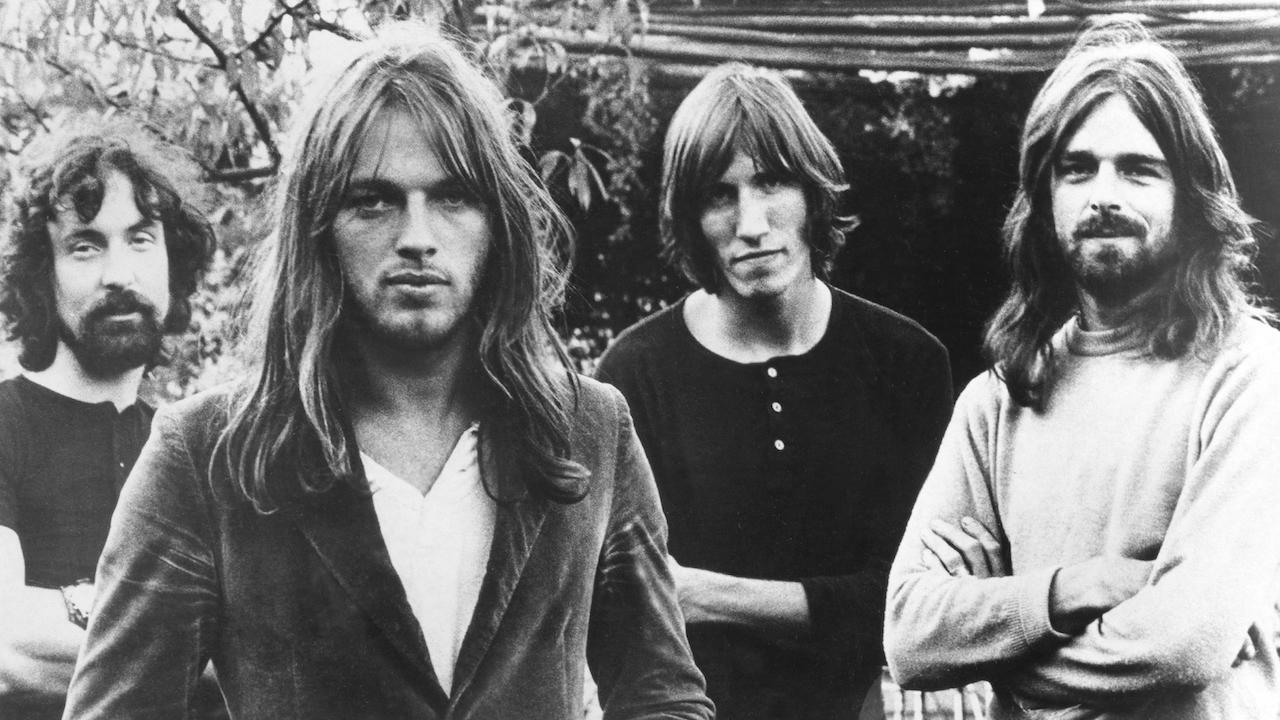The Siouxsie And The Banshees albums you should definitely own
From punk and post-punk via psychedelia, avant and art-rock, these are the best Siouxsie And The Banshees albums
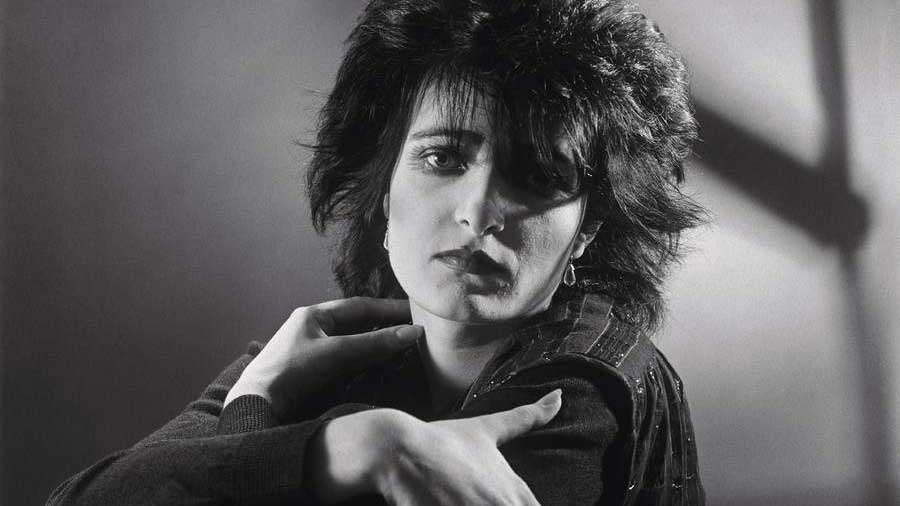
From the south-east suburbs, the so-called Bromley contingent of London’s 70s punks – including the eventual songwriting partnership of vocalist Susan ‘Siouxsie Sioux’ Ballion and bassist Steven ‘Severin’ Bailey (along with friends Simon ‘Six’ Barker and Simone Thomas) – were standing behind the Sex Pistols during their notorious teatime TV incident of December 1976.
In fact it was a 19-year-old Siouxsie – with her blatantly sarcastic flirting at Bill Grundy eliciting the 53-year-old’s creepy response: “We’ll meet afterwards, shall we?” – that led Pistols guitarist Steve Jones to unleash his volley of fruity language. Things deteriorated rapidly for the Pistols’ public profile, but Sioux left an imperious and indelible mark.
Two months earlier, Siouxsie and Severin threw together a band – with guitarist Marco Pirroni, who would later play with Adam Ant, and eventual Pistols bassist Sid Vicious on drums – for London’s legendary 100 Club Punk Special two-day festival.
With the solidified line-up of drummer Kenny Morris and guitarist John McKay from 1977, Siouxsie And The Banshees were a popular live band. But they weren’t signed until ’78, following a graffiti campaign by manager Nils Stevenson; London’s record company buildings were daubed with: “Sign The Banshees: do it now.”
Despite the longevity of the classic line-up – Sioux and the rhythm section of Severin and drummer Peter ‘Budgie’ Clarke – the Banshees burned through 10 guitarists. That fluctuating line-up aided diversity and rapid development of the Banshees’ sound, but the inconsistency didn’t cost them momentum; it’s hard to think of another band with the prolific creativity to release albums with such quality and regularity.
The Banshees were at home in the fertile post-punk era, but their sound blurred psychedelia, avant and art-rock. One of the late-20th century’s greatest British vocalists, Siouxsie remains highly influential both artistically and stylistically to countless bands and singers.
Following the band’s split, Steve Severin became a film soundtrack composer, while Siouxsie and Budgie continued their art-rock side project The Creatures. In 2007, Siouxsie released her solo album Mantaray, and most recently duetted with Yoko Ono on Walking On Thin Ice at the 2013 Meltdown festival in London.

And one to avoid...
You can trust Louder
Sign up below to get the latest from Classic Rock, plus exclusive special offers, direct to your inbox!
A regular contributor to Louder/Classic Rock and The Quietus, Burrows began his career in 1979 with a joke published in Whizzer & Chips. In the early 1990s he self-published a punk/comics zine, then later worked for Cycling Plus, Redline, MXUK, MP3, Computer Music, Metal Hammer and Classic Rock magazines. He co-wrote Anarchy In the UK: The Stories Behind the Anthems of Punk with the late, great Steven Wells and adapted gothic era literature into graphic novels. He also had a joke published in Viz. He currently works in creative solutions, lives in rural Oxfordshire and plays the drums badly.
